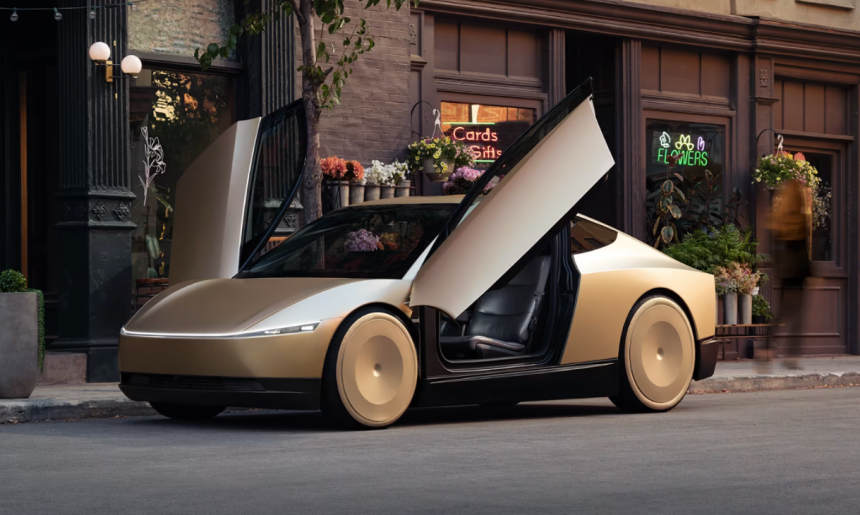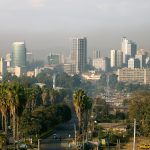Tesla held its much-anticipated CyberCab event to showcase and highlight the company’s bold vision for the next generation of autonomous transportation. At the event, they showed off the Tesla Cybercab, a “RoboBus” and its autonomous robots.
Held on 10th October 2024, the event marked a significant step forward in Tesla’s ambition to revolutionize urban mobility, with a particular focus on self-driving taxis, which Elon Musk has teased as part of Tesla’s broader Autopilot and Full-Self Driving (FSD) agenda.
The CyberCab: A Glimpse into the Future of Urban Transport
The CyberCab, unveiled at the event, is a fully autonomous electric vehicle specifically designed to operate as a ride-hailing service.
The vehicle’s design follows Tesla’s unique futuristic aesthetic, combining sharp angles, sleek metallic exteriors, and a spacious interior optimized for passenger comfort. The CyberCab is a two-seater vehicle with no steering wheel and no brake and accelerator pedals.
Its key features include:
- Full Autonomy: Built on Tesla’s Full-Self Driving (FSD) technology, the CyberCab can navigate city streets, handle traffic, and even perform complex maneuvers, all without human intervention
Autonomous Ride-Hailing

Tesla’s CyberCab is designed to challenge traditional ride-hailing services like Uber and Lyft by eliminating the need for human drivers. The introduction of autonomous ride-hailing promises a host of benefits:
- Cost Efficiency: With no driver to pay, ride costs are expected to drop significantly, making Tesla’s service more affordable for consumers.
- 24/7 Availability: Autonomous vehicles can operate around the clock, providing uninterrupted service.
- Scalability: Tesla aims to rapidly scale this service in major cities worldwide, leveraging its extensive charging infrastructure.
Tesla’s AI and Data Advantage
At the core of the CyberCab’s capabilities are Tesla’s artificial intelligence and machine learning systems, which have been refined over millions of miles of real-world driving data. Tesla’s advanced FSD chip, coupled with constant over-the-air software updates, ensures that the CyberCab’s driving algorithms are continuously improving.

Tesla’s neural networks, which process real-time data from its fleet of vehicles, give the company a distinct advantage in perfecting autonomous driving technology.
Challenges Ahead
Despite the excitement, Tesla’s CyberCab also faces challenges:
- Regulatory Hurdles: Autonomous vehicles still face significant regulatory barriers in many regions, and Tesla will need to navigate various legal frameworks to deploy its CyberCab service.
- Public Acceptance: While Tesla has a loyal fanbase, widespread acceptance of autonomous taxis will depend on public trust in the safety and reliability of these vehicles.
What Happens Next
Telsa’s CyberCabs are not expected to be available in public not later than 2027 according to CEO Elon Musk. Elon expects the cost to be below $30,000 for purchase when it’s released to the public.
Catch up on news and other tidbits on our WhatsApp Community Page, Twitter/X, and subscribe to our weekly newsletter to ensure you don’t miss out on any news.










